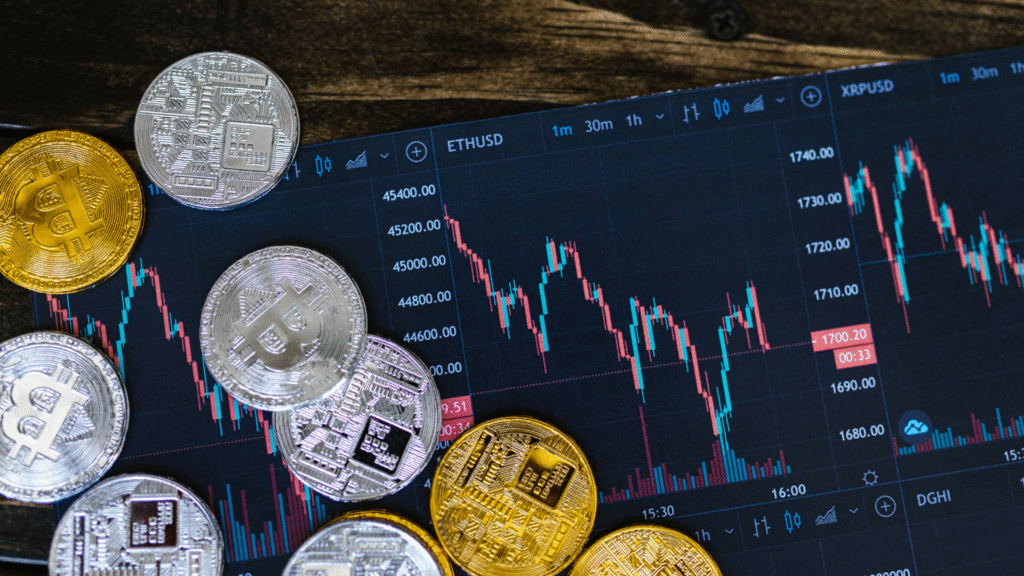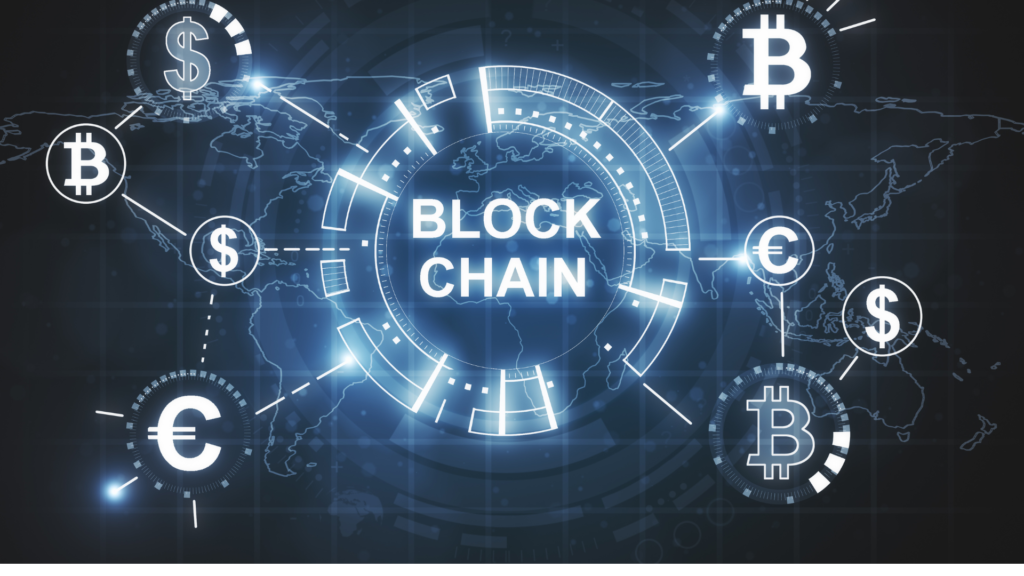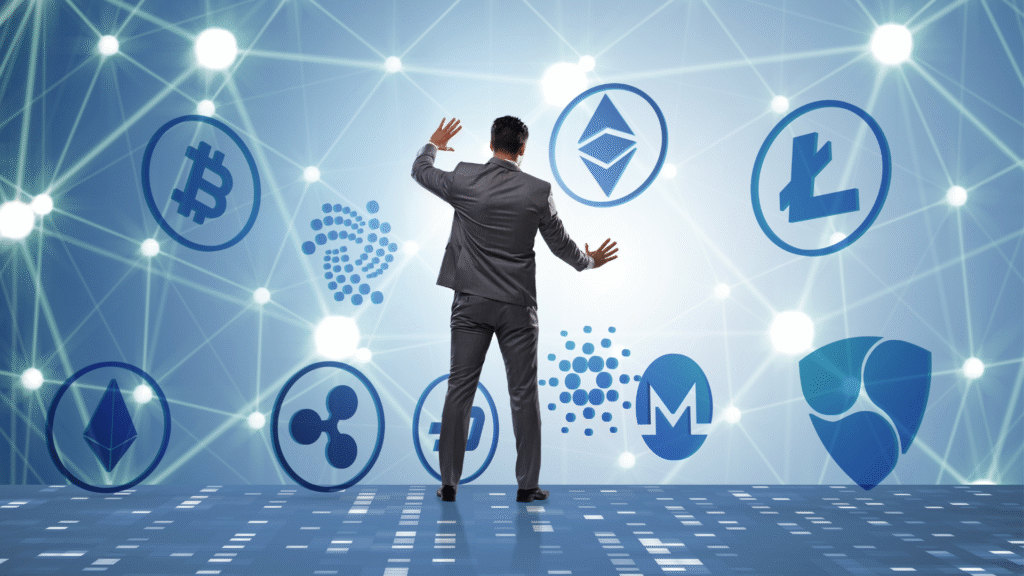Tokenization is revolutionizing the way we invest in real-world assets, bridging the gap between traditional markets and digital innovation. By converting tangible assets like real estate, art, and commodities into digital tokens on a blockchain, it offers new avenues for liquidity, accessibility, and fractional ownership. This approach empowers investors of all sizes to participate in markets that were once limited to high-net-worth individuals or institutions.
A Digital Shift in Ownership
At its core, tokenization refers to the process of representing ownership of a real-world asset as a digital token on a blockchain. Each token acts as a verifiable proof of ownership, allowing fractional investments and seamless transfers without relying on intermediaries.
For example, a luxury apartment can be divided into thousands of tokens. Each token represents a fraction of the property, enabling multiple investors to own a share proportionally. Similarly, a high-value painting or sculpture can be tokenized, allowing art enthusiasts to invest in portions of artworks that were previously out of reach.
Tokenization leverages blockchain technology to ensure transparency, security, and immutability of ownership records. Smart contracts automate transactions and enforce rules, minimizing human error and reducing costs.
Democratizing Property Investment
Real estate has traditionally required significant capital, making it difficult for small investors to enter the market. Tokenization changes this landscape by enabling fractional ownership and liquidity.
Investors can purchase tokens representing a share of commercial or residential properties, receiving proportional rental income or profits from property sales. Blockchain-based platforms ensure that transactions are recorded immutably, and smart contracts automatically distribute earnings.
Moreover, tokenized real estate allows global participation. Investors from different countries can purchase tokens without dealing with complex legal processes or local intermediaries. This opens doors to international markets and encourages a more inclusive investment ecosystem.
For developers, tokenization provides access to broader funding sources without relying solely on banks or venture capital. By selling tokens, projects can raise capital more efficiently while maintaining transparency for investors.
Digital Ownership in Art and Collectibles
High-value artworks and collectibles have long been limited to elite investors, but blockchain technology is changing that. By dividing ownership into smaller, tradeable tokens, individuals can now invest in fractions of paintings, sculptures, or rare collectibles.
These digital platforms allow art enthusiasts to share in the appreciation of valuable pieces while enjoying a level of liquidity that traditional art markets never offered. Each token is securely linked to the original artwork through blockchain records, ensuring authenticity and eliminating the risk of forgery.
Auction houses and galleries are increasingly embracing this innovation, creating new opportunities for global participation. Investors no longer need to be wealthy collectors—they can own and trade portions of artworks in real time, ushering in a new era of transparent and accessible art investment.
Advantages and Challenges
While tokenization offers numerous advantages, it also faces regulatory and technological challenges. Legal frameworks for tokenized assets vary across jurisdictions, and compliance remains complex. Additionally, liquidity depends on the presence of active marketplaces, and valuation standards for tokenized assets are still evolving.
| Advantages | Challenges |
| Fractional ownership enables broader participation | Regulatory uncertainty across regions |
| Enhanced liquidity for traditionally illiquid assets | Market adoption and platform trust |
| Lower transaction costs due to smart contracts | Standardization of valuation and reporting |
| Transparent and immutable ownership records | Cybersecurity risks and technological barriers |
Despite these hurdles, the future of tokenization is promising. Integration with decentralized finance (DeFi) and traditional finance can create hybrid investment ecosystems. Tokenization could expand to new asset classes, including intellectual property, carbon credits, and luxury goods.
Frequently Asked Questions (FAQs)
1: What is tokenization of real-world assets?
A: Tokenization is the process of converting tangible assets, like real estate or art, into digital tokens on a blockchain, representing fractional ownership and enabling easier trading.
2: How does tokenization benefit investors?
A: Tokenization provides fractional ownership, global access, increased liquidity, and transparent transaction records, making previously inaccessible investments available to more people.
3: Can tokenized assets be traded?
A: Yes. Tokenized assets can be bought, sold, or exchanged on blockchain platforms, often with fewer intermediaries and lower transaction costs compared to traditional markets.
4: Are tokenized assets legally recognized?
A: Legal recognition varies by jurisdiction. Some countries have clear regulations for tokenized securities, while others are still developing frameworks. It is important to comply with local laws before investing.
5: What types of assets can be tokenized?
A: Almost any asset can be tokenized, including real estate, art, collectibles, commodities, intellectual property, and even shares in companies.



